Permanent Exhibition
Opening hours
- Sunday-Thursday: 12:00–22:00 (checkout until 21:00)
- Friday: 10:00–15:00 (checkout until 14:00)
- Saturday and Jewish holidays: DayOff
- Buy tickets
Contacts
- Obraztsova street, building 11, building 1A, Moscow, Russia
- +7 (495) 645‑05‑50
- info@jewish-museum.ru
- 127055, Moscow, Obraztsova Street, 11, p. 1A
- How can I get to
PERMANENT
EXHIBITION
EXHIBITION
To view the Permanent Exposure, rotate your mobile device 90 degrees
Permanent exhibition
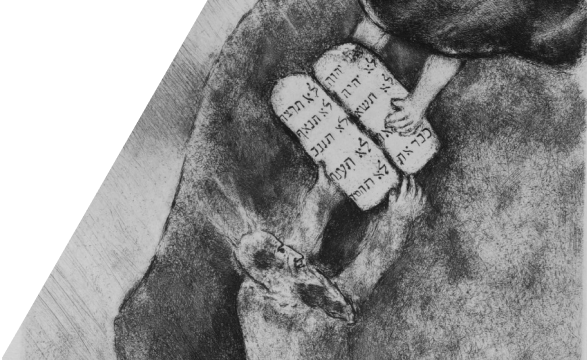
In some ways, all museums are very similar to each other. Often this
a collection of things and objects united according to one principle or another on display cases under glass. This cannot be said about our museum. He is different. It is interactive. It is difficult to determine what it looks more like - a museum as such or an amusement park.
12
The permanent exhibition of the museum includes 12 thematic spaces, each of which corresponds to a certain period of world and Russian history.
Permanent exhibition
Cinema "The beginning"
01
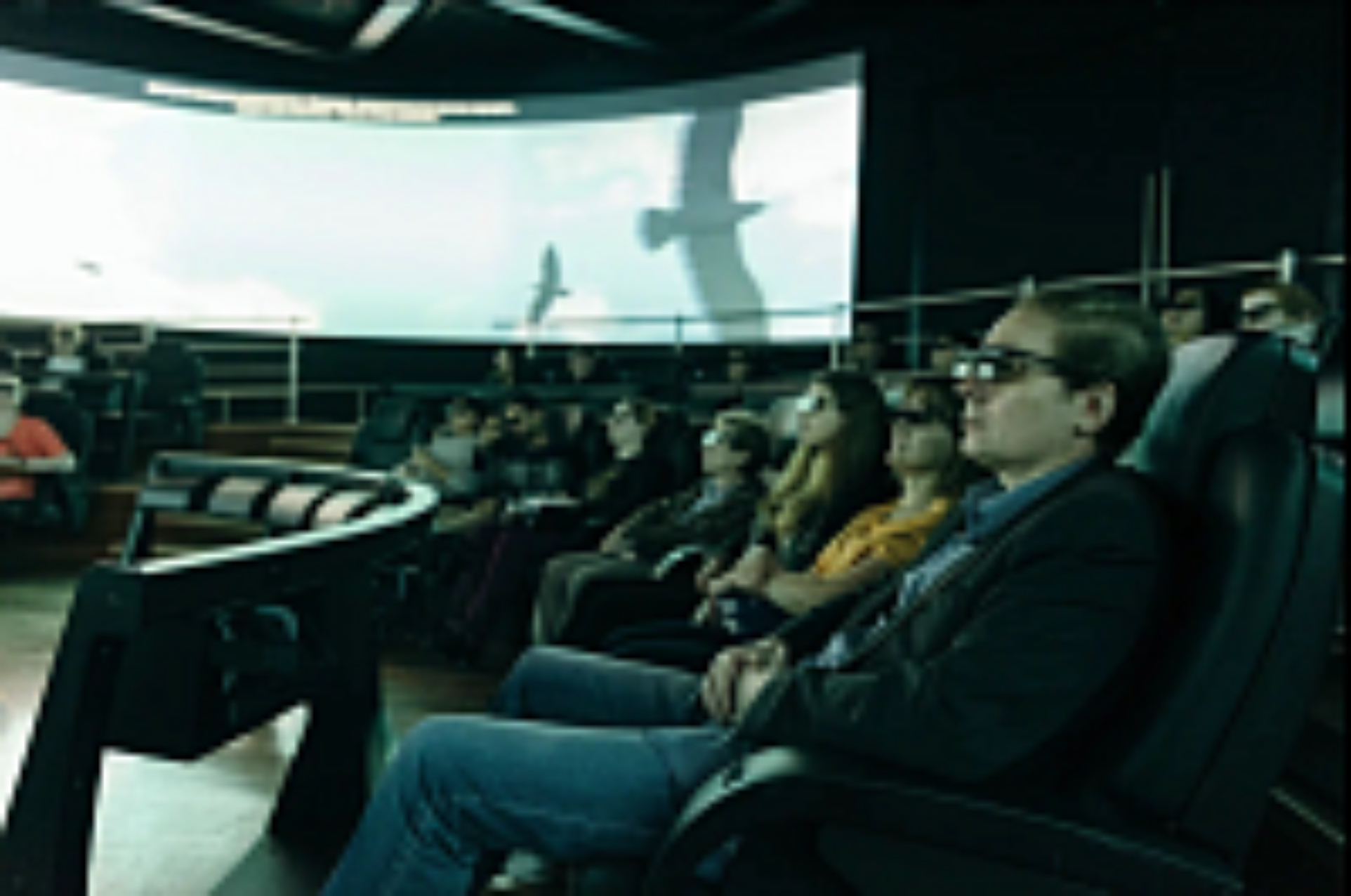
3761
The cinema hall is the first thing that attracts the visitor's attention. It shows a 4D film dedicated to biblical events and the ancient history of the Jewish people, from the creation of the world to the emergence of diasporas.
Cinema hall
Migrations: Jewish Diaspora - Life in Dispersion
02
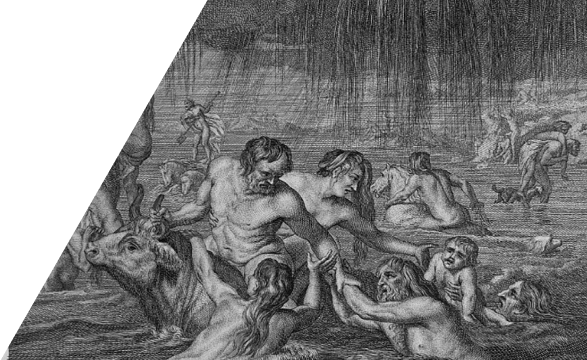
70
The wanderings of Jews around the world began after the destruction of the Second Temple of Jerusalem. This happened in 70 AD, during the Jewish War, a rebellion against Roman rule. By the way, it was then that this land was first called Palestine - in this way Rome tried to repress the memory of the presence of Jews here.
Jewish wanderings around the world
Judaism is a living religion
03
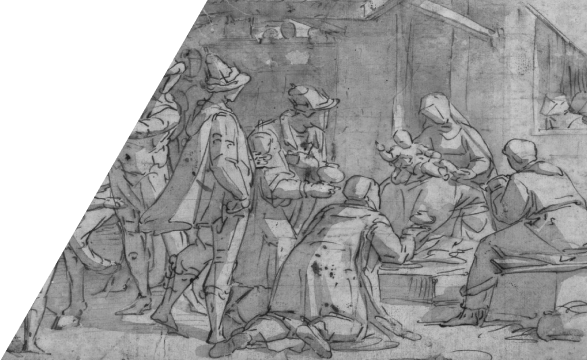
Judaism is one of the oldest monotheistic religions of mankind
One of the external symbols of this religion since the 19th century is the six-pointed Star of David. A more ancient symbol of Judaism is the seven-branched menorah, which, according to the Torah, stood in the Tabernacle and the Jerusalem Temple.
This line of exhibition will allow you to get acquainted with the Jewish religious tradition and trace how it was observed over the centuries. A unique collection of Judaic objects will reveal the world of symbols and images of Jewish culture: both authentic and those that arose under the influence of surrounding peoples. Here you can learn how the main Jewish texts - the Torah and Talmud - are organized, as well as about the main milestones of the traditional way of life and the cycle of Jewish holidays.
This line of exhibition will allow you to get acquainted with the Jewish religious tradition and trace how it was observed over the centuries. A unique collection of Judaic objects will reveal the world of symbols and images of Jewish culture: both authentic and those that arose under the influence of surrounding peoples. Here you can learn how the main Jewish texts - the Torah and Talmud - are organized, as well as about the main milestones of the traditional way of life and the cycle of Jewish holidays.
Judaism is one of the oldest monotheistic religions of mankind
Shtetl: Jewish town
04
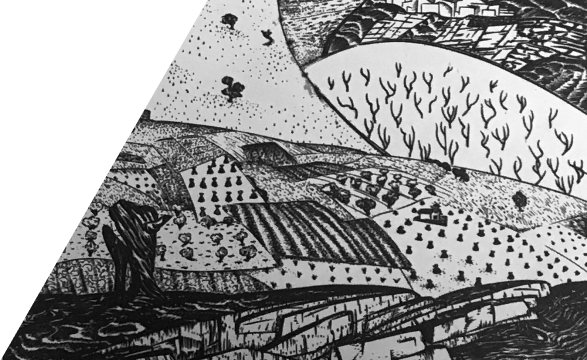
Translated from Yiddish, “shtetl” is a town
The Tsarist police made sure that the Pale of Settlement was not violated. In Moscow, for example, passers-by with “Semitic faces” were caught on the streets and train stations and taken to police stations for document checks.
Translated from Yiddish, “shtetl” is a town or town. This was the name given to the places where Jews lived in Tsarist Russia after the adoption of a decree prohibiting them from living in large cities and establishing the so-called Pale of Settlement. In this part of the exhibition, a typical place with its squat houses, market, synagogue, and school is recreated. Unique shots from the life of Jews of that time - merchants, rabbis and musicians - are projected onto huge windows, twice the height of a person.
Translated from Yiddish, “shtetl” is a town or town. This was the name given to the places where Jews lived in Tsarist Russia after the adoption of a decree prohibiting them from living in large cities and establishing the so-called Pale of Settlement. In this part of the exhibition, a typical place with its squat houses, market, synagogue, and school is recreated. Unique shots from the life of Jews of that time - merchants, rabbis and musicians - are projected onto huge windows, twice the height of a person.
Translated from Yiddish, “shtetl” is a town
Roots of Russian Jewry
05
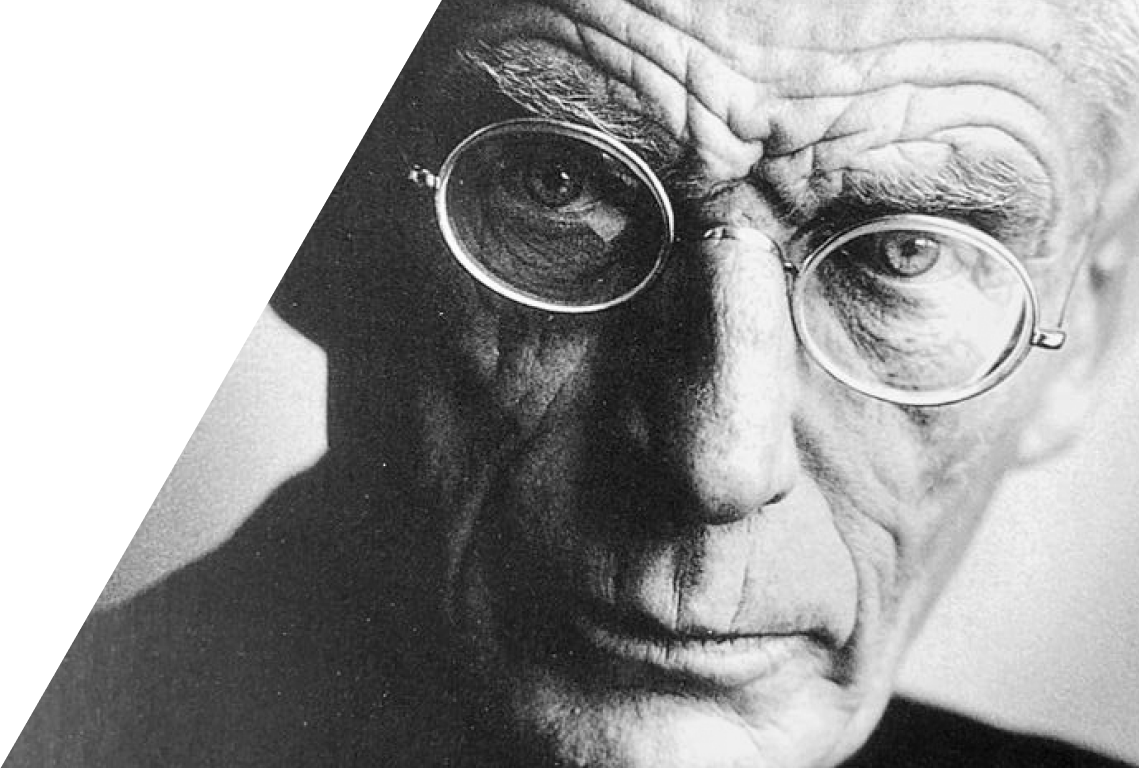
"No, maybe
another such country
where is religious freedom
and religious hatred occur to such an extent,
like in Poland."
Solomon Maimon
another such country
where is religious freedom
and religious hatred occur to such an extent,
like in Poland."
Solomon Maimon
Small Jewish communities (Mountain Jews, Georgian Jews, Crimeans, a separate ethno-religious group - Karaites) have long lived near the southern borders of the empire - in the Caucasus and Central Asia. At the same time, near its western borders - in Poland - there were quite large communities of Jews, whose ancestors came from France and Germany. At the end of the 18th century. After the partition of Poland, the Russian Empire received the lion's share of Polish lands and, along with them, Polish Jews. To this day, Ashkenazim—European Jews—make up the majority of Russia’s Jewish community.
“There is perhaps no other country where religious freedom and religious hatred meet to such an extent as in Poland.” Solomon Maimon
Cities and distances: Jews in the Russian Empire
06
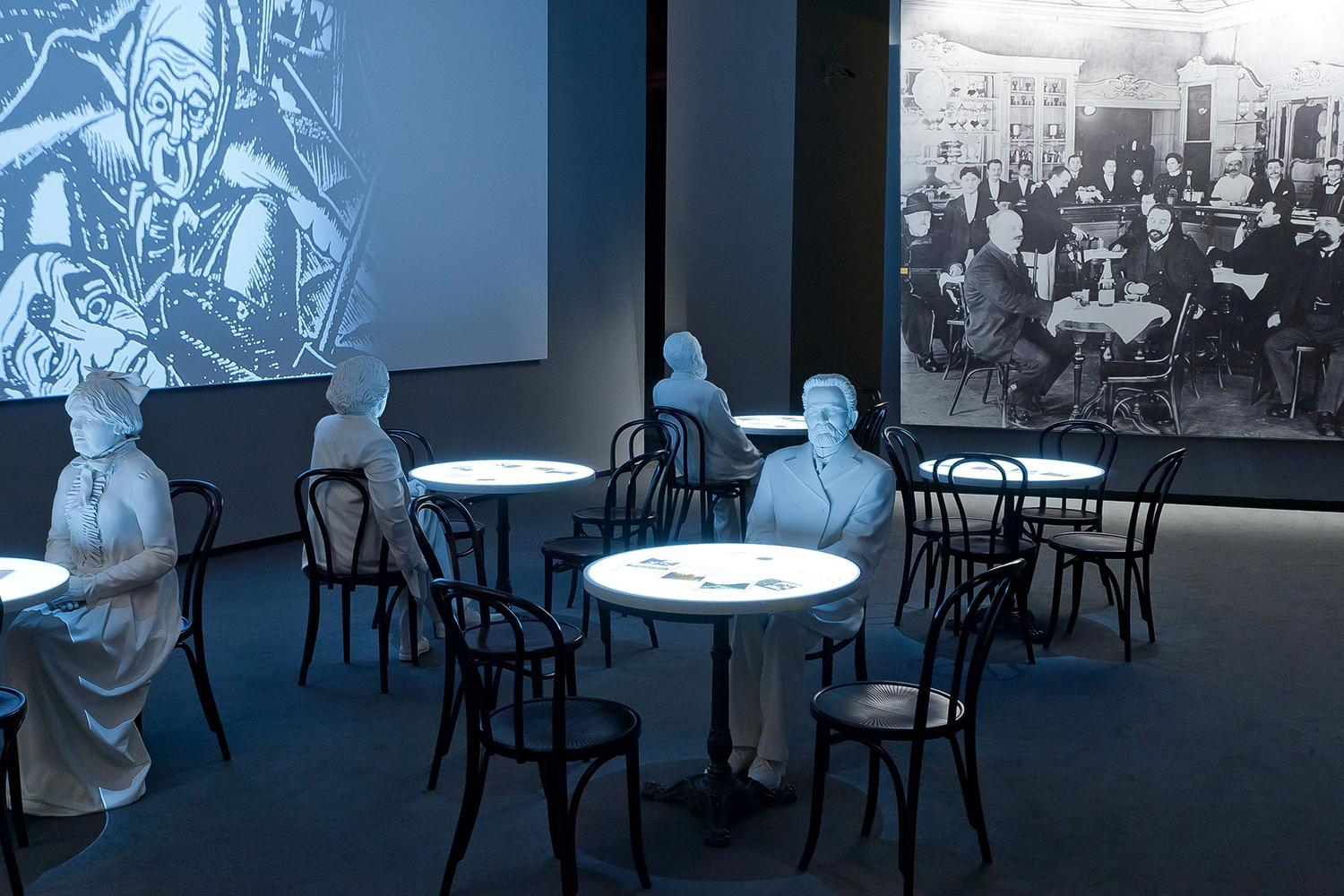
1795-1913
1795-1913
Until the end of the 19th century, the term “Zionism” had a rather narrow, practical interpretation and meant a movement for the creation of Jewish agricultural settlements in Palestine.
After the adoption of the Basel Program at the First Zionist Congress, held in 1897, this concept acquired the meaning that is attached to it to this day.
We recreated a typical city coffee shop of the late 19th - early 20th centuries - the famous Odessa cafe "Fanconi". All tables in it are interactive, with their help you can manage information: select films to watch and participate in surveys. You will learn about the issues that worried the Jewish community at that time: about assimilation, emigration, Marxism, Zionism, methods of integration into Russian society.
We recreated a typical city coffee shop of the late 19th - early 20th centuries - the famous Odessa cafe "Fanconi". All tables in it are interactive, with their help you can manage information: select films to watch and participate in surveys. You will learn about the issues that worried the Jewish community at that time: about assimilation, emigration, Marxism, Zionism, methods of integration into Russian society.
Zionism
War and revolution: shocks and changes
07
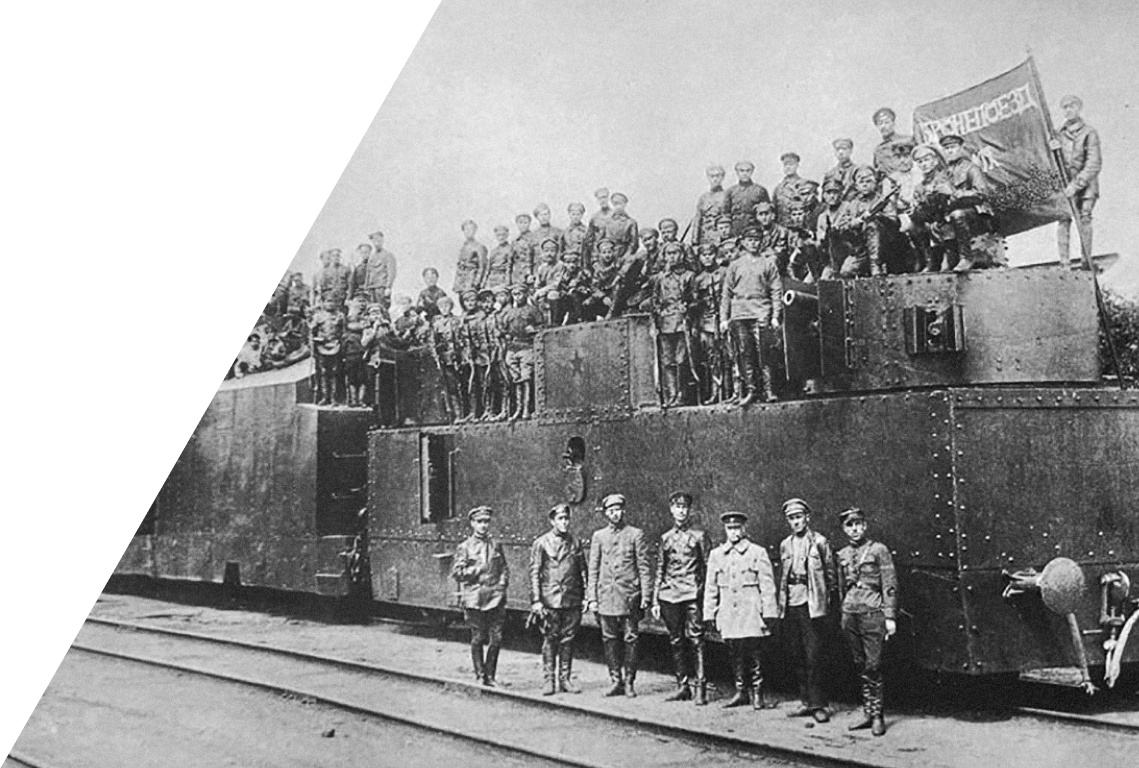
1914-1921
1914-1921
In 1917, the Provisional Government abolished the Pale of Settlement: Tsarist decrees restricting the freedom of movement of Jews lost their force.
Jews actively participated in the political life of the country, joining the ranks of various parties, creating their own political map, where there was a place for everyone: from Bund socialists to Zionists and liberals.
The hall dedicated to this period includes evidence of the political and daily life of Jews, as well as stands dedicated to Jewish avant-garde art. Secular Jewish culture experienced an extraordinary rise during this period. Supported by the official authorities, it created a counterweight to Zionism and Judaism. At the same time, the Jews began to have their own ethnography - the expedition of Semyon An-sky to the towns of the former Pale of Settlement.
The hall dedicated to this period includes evidence of the political and daily life of Jews, as well as stands dedicated to Jewish avant-garde art. Secular Jewish culture experienced an extraordinary rise during this period. Supported by the official authorities, it created a counterweight to Zionism and Judaism. At the same time, the Jews began to have their own ethnography - the expedition of Semyon An-sky to the towns of the former Pale of Settlement.
180
In 1917, the Provisional Government abolished the Pale of Settlement.
Soviet Union
08
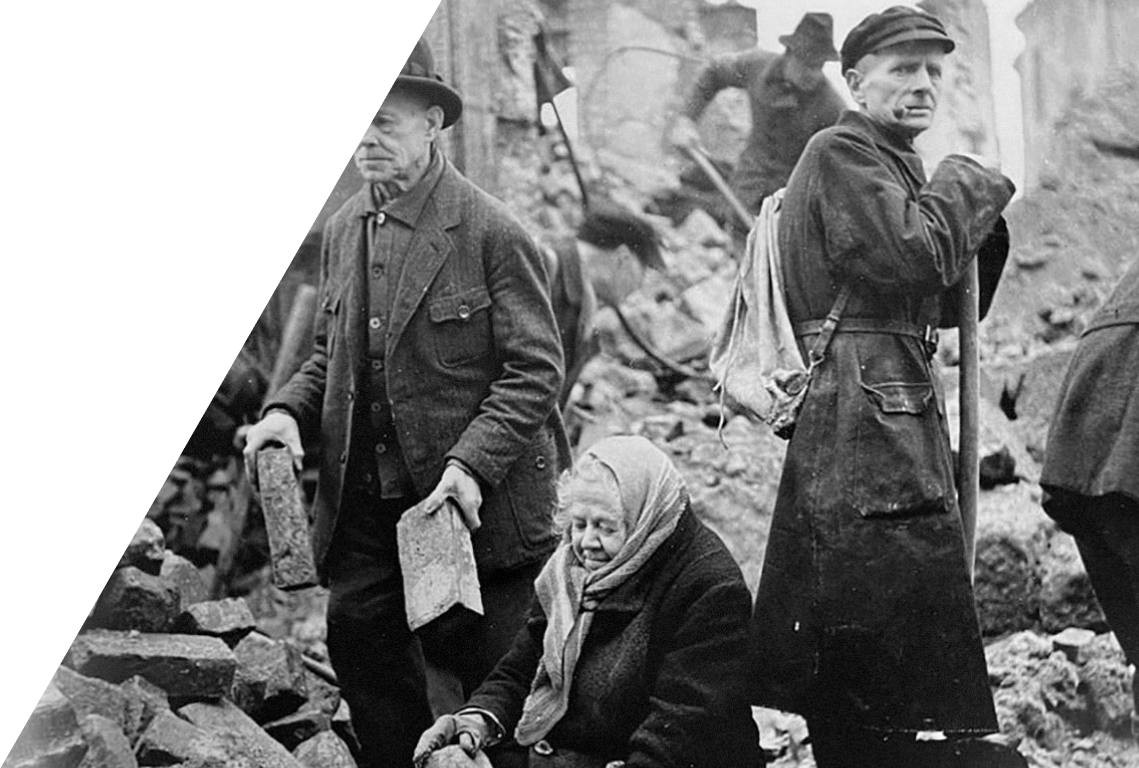
1922-1941
1922-1941
In 1917, the Provisional Government abolished the Pale of Settlement: Tsarist decrees restricting the freedom of movement of Jews lost their force.
Jewish agricultural colonies in Ukraine and Crimea were the fruit of a joint initiative of the Soviet government and foreign Jewish charitable organizations. In total, more than 200 colonies were organized, in which over 200 thousand Jews settled. The image of the Jewish farmer took center stage in Soviet propaganda against anti-Semitism.
With the end of the Civil War and the beginning of industrialization, Jews, along with other peoples of the USSR, became part of a single Soviet nation. The Soviet state gives Jews a lot of opportunities that they were deprived of in Tsarist Russia, in exchange for part of their identity: Judaism becomes a “double enemy” - both as a religion and as a support for national, that is, bourgeois, self-awareness.
All the diversity of integration of a previously separated people into the life of the young state is demonstrated by an interactive table in the shape of a five-pointed star. Figures from different spheres of society are connected by five colored lines: yellow - art and culture, green - science, red - agriculture, white - politics, blue - religion. By clicking on the photo of any hero, you can get information about his life and achievements. On the pillars surrounding the star are several newsreels illustrating the era: here is the fight against religion, Jewish collective farms as part of the collectivization process, the rapid industrial development of the country and many other subjects.
With the end of the Civil War and the beginning of industrialization, Jews, along with other peoples of the USSR, became part of a single Soviet nation. The Soviet state gives Jews a lot of opportunities that they were deprived of in Tsarist Russia, in exchange for part of their identity: Judaism becomes a “double enemy” - both as a religion and as a support for national, that is, bourgeois, self-awareness.
All the diversity of integration of a previously separated people into the life of the young state is demonstrated by an interactive table in the shape of a five-pointed star. Figures from different spheres of society are connected by five colored lines: yellow - art and culture, green - science, red - agriculture, white - politics, blue - religion. By clicking on the photo of any hero, you can get information about his life and achievements. On the pillars surrounding the star are several newsreels illustrating the era: here is the fight against religion, Jewish collective farms as part of the collectivization process, the rapid industrial development of the country and many other subjects.
In 1917, the Provisional Government abolished the Pale of Settlement: Tsarist decrees restricting the freedom of movement of Jews lost their force.
Holocaust and Great Patriotic War
09
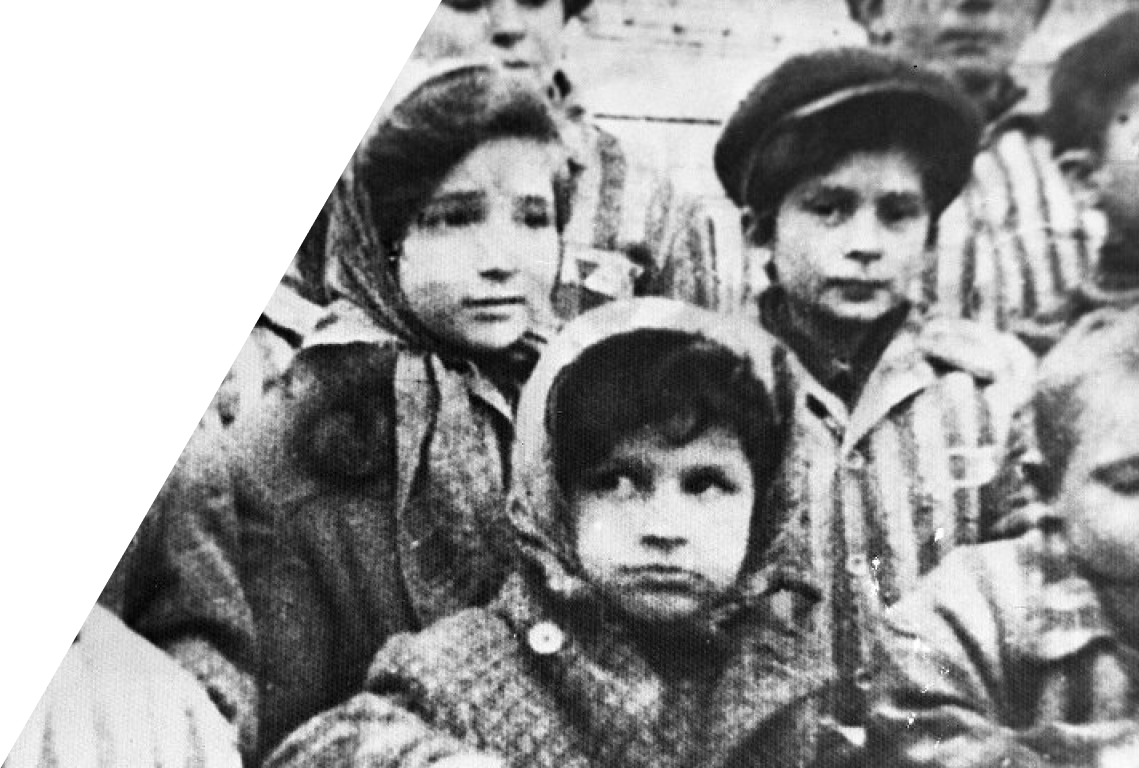
1941-1945
1941-1945
“Hitler thought of making the Jews a target, the Jews showed him that the target shoots...”
Правая часть зала рассказывает об участии евреев в промышленности и непосредственно в военных действиях. Ландшафт под трёхчастным экраном показывает смену времён года. В левом крыле зала — свидетельства Холокоста и вооружённого сопротивления на оккупированных нацистами землях.
По залу расставлены аудиостойки с песнями и стихами военных лет, включая запись чтения «Бабьего Яра» Евгением Евтушенко. Также одна из стоек транслирует одноимённую симфонию Дмитрия Шостаковича. Представленные в экспозиции личные письма и истории показывают, как преломляются исторические события в судьбах отдельных людей.
По залу расставлены аудиостойки с песнями и стихами военных лет, включая запись чтения «Бабьего Яра» Евгением Евтушенко. Также одна из стоек транслирует одноимённую симфонию Дмитрия Шостаковича. Представленные в экспозиции личные письма и истории показывают, как преломляются исторические события в судьбах отдельных людей.
Once upon a time, Jews dreamed of the Promised Land. Now the Jews have the Promised Land: the cutting edge. There they can take revenge on the Germans for women, for old people, for children.” Ilya Erenburg
In the silence of the memorial hall, the names of those killed during the Second World War and the Holocaust are heard. The room has two monitors with access to the databases of the Yad Vashem Museum in Jerusalem, the Generalized Data Bank “Memorial” and “Feat of the People”. Everyone can light a candle in memory of those killed.
“Hitler thought of making the Jews a target, the Jews showed him that the target shoots...”
Post-war period: from disaster to revival
10
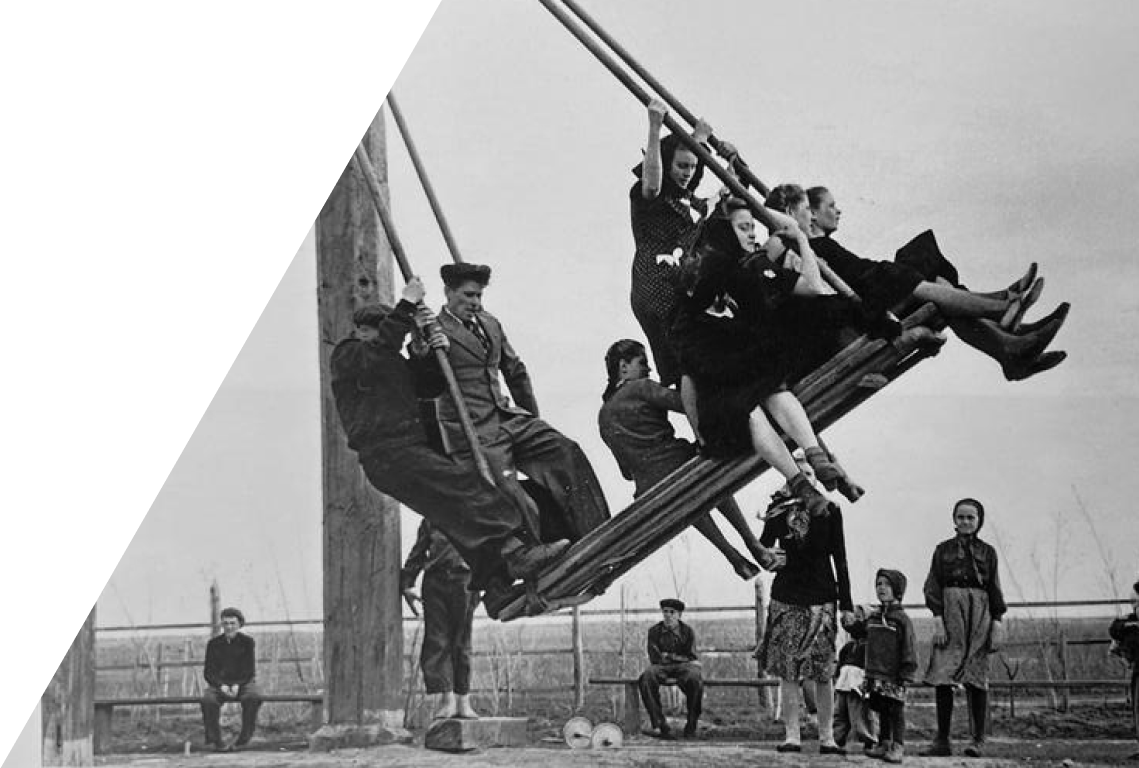
1946-1984
1946-1984
“... For our Jewish generation... After the Six-Day War, the world changed, it became different: a new center appeared in the world, a new core of our life - Israel.” Elazar Yossefi
The 40 post-war years are a time of unfulfilled hopes. After Stalin's anti-Semitic campaigns, many Jews, previously loyal to the Soviet regime, felt deceived. The special organization of space will allow you to immerse yourself in the gloomy atmosphere of that time, transporting visitors to the cells of the Lubyanka prison.
When the Doctors' Plot, Zhdanov's report, and the execution of the anti-fascist committee fell on Soviet Jews, the state of Israel was created on the other side of the globe, promising to become a home for all Jews.
The visitor then finds himself in a typical Soviet apartment of the 70s. The residents of this apartment might never have recognized themselves as Jews if they had not been reminded of this, for example, by their neighbors in the communal apartment. They lead their usual way of life: listen to the Voice of America, read Sholom Aleichem, tell jokes in the kitchen and wait for packages from their emigrated relatives.
The third installation shows completely different Soviet Jews - a minority who, contrary to official ideology, wanted to return to their roots: learn Hebrew, get acquainted with the national culture. Such classes took place, naturally, in conditions of secrecy. Many of those who wanted to emigrate became refuseniks. The characters in the film “Voices in the Forest” talk about how it happened.
The visitor then finds himself in a typical Soviet apartment of the 70s. The residents of this apartment might never have recognized themselves as Jews if they had not been reminded of this, for example, by their neighbors in the communal apartment. They lead their usual way of life: listen to the Voice of America, read Sholom Aleichem, tell jokes in the kitchen and wait for packages from their emigrated relatives.
The third installation shows completely different Soviet Jews - a minority who, contrary to official ideology, wanted to return to their roots: learn Hebrew, get acquainted with the national culture. Such classes took place, naturally, in conditions of secrecy. Many of those who wanted to emigrate became refuseniks. The characters in the film “Voices in the Forest” talk about how it happened.
“…For our Jewish generation…
From perestroika to the present day
11
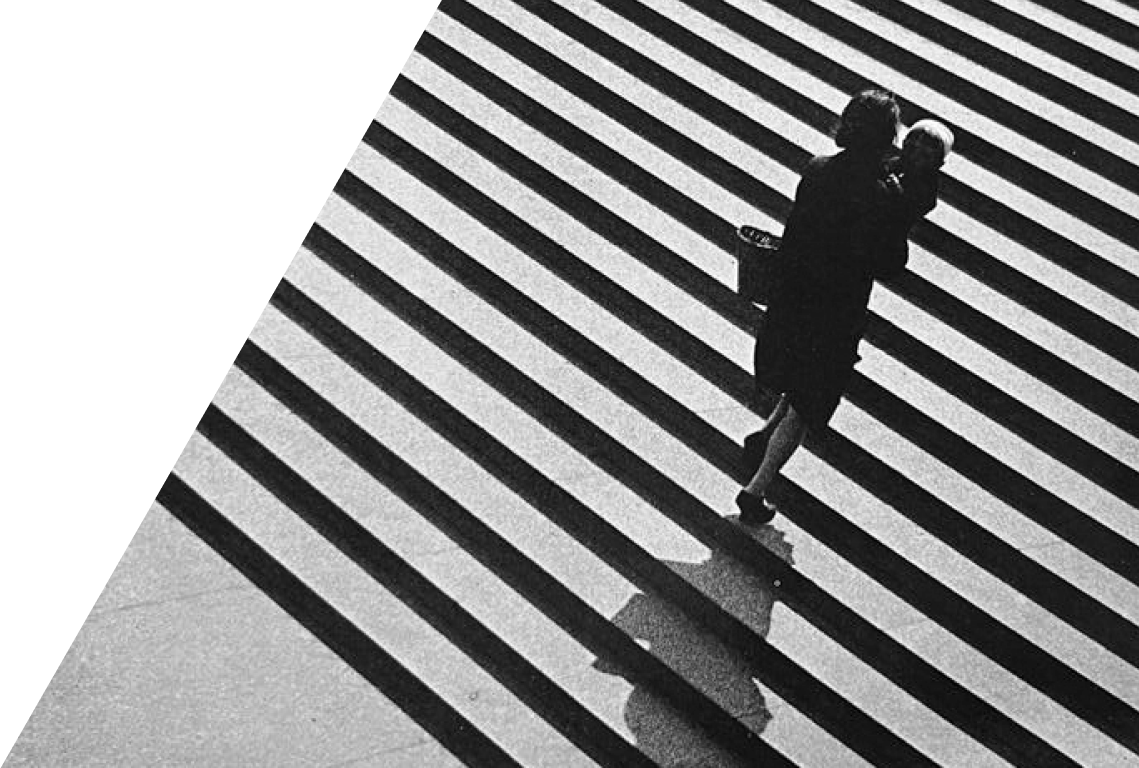
1985
For the Soviet Union, 1985 marked the beginning of political liberalization undertaken by Mikhail Gorbachev
2
1985
The significant relaxation of government censorship and other forms of surveillance contributed to the revival of Jewish culture, education, and religion.
The thematic pavilion “From Perestroika to the Present Day,” which is the logical conclusion of the museum’s interactive exhibition, is a cinema hall with special effects, inside which a film about a turning point in Russia’s modern history is shown.
On the panoramic screen, the events that accompanied the formation of the new state unfold in front of the viewer: from the Brezhnev era to the period of perestroika and further - to the present. The coups of 1991 and 1993 provoked dramatic changes in the country's politics and economy, which inspired some and disturbed others. In the film from “Perestroika to the present day,” the following people share their memories of this period in the history of Russia and its Jewish community: A. Adamskaya, V. Vekselberg, A. Venediktov, Y. Vinokurova, B. Gorin, F. Dector, M. Idov, S. Klebanov, A. Makarevich, L. Rubinshtein, N. Svanidze, M. Chlenov and others. The project was implemented with the financial support of German Borisovich Khan.
Easing censorship